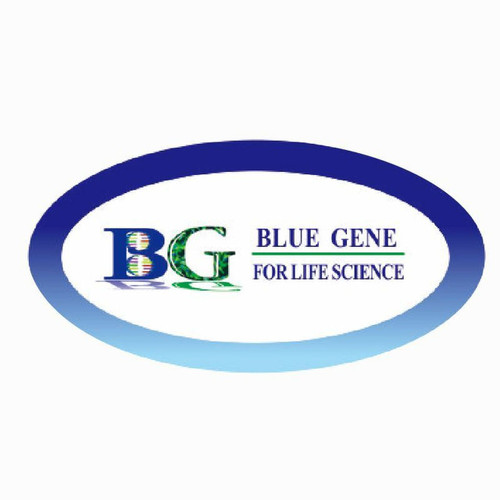Product Description
Human Diamine acetyltransferase 1 (SAT1) ELISA Kit | AE20719HU | Abebio
Species Reactivity: Human (Homo sapiens)
Abbreviation: SAT1
Alternative Name: DC21; KFSD; KFSDX; SAT; SSAT; SSAT-1; diamine N-acetyltransferase 1|diamine acetyltransferase 1|spermidine/spermine N1-acetyltransferase alpha
Application: ELISA
Range: 0.78-50 ng/mL
Sensitivity: 0.28 ng/mL
Intra-Assay: ≤5.8%
Inter-Assay: ≤7.9%
Recovery: 0, 81
Sample Type: Serum, Plasma, Other biological fluids
Detection Method: Sandwich
Analysis Method : Quantitive
Test Principale: This assay employs a two-site sandwich ELISA to quantitate SAT1 in samples. An antibody specific for SAT1 has been pre-coated onto a microplate. Standards and samples are pipetted into the wells and anySAT1 present is bound by the immobilized antibody. After removing any unbound substances, a biotin-conjugated antibody specific for SAT1 is added to the wells. After washing, Streptavidin conjugated Horseradish Peroxidase (HRP) is added to the wells. Following a wash to remove any unbound avidin-enzyme reagent, a substrate solution is added to the wells and color develops in proportion to the amount of SAT1 bound in the initial step. The color development is stopped and the intensity of the color is measured.
Product Overview: SAT1 belongs to the acetyltransferase family, and is a rate-limiting enzyme in the catabolic pathway of polyamine metabolism. It catalyzes the acetylation of spermidine and spermine, and is involved in the regulation of the intracellular concentration of polyamines and their transport out of cells. Defects in this gene are associated with keratosis follicularis spinulosa decalvans (KFSD) . All species below vertebrates had 1 copy of SSAT, whereas most all vertebrate species had functional SAT1 and SAT2 genes, with the exception of chicken and Xenopus. Northern blot and EST analysis indicated that SAT1 was expressed at higher levels than SAT2 and in a wider range of tissues. Whereas SAT1 showed a much greater preference for spermidine than spermine, SAT2 showed similar preference for the 2 polyamines.
Stability: The stability of ELISA kit is determined by the loss rate of activity. The loss rate of this kit is less than 5% within the expiration date under appropriate storage condition. The loss rate was determined by accelerated thermal degradation test. Keep the kit at 37°C for 4 and 7 days, and compare O.D.values of the kit kept at 37°C with that of at recommended temperature. (referring from China Biological Products Standard, which was calculated by the Arrhenius equation. For ELISA kit, 4 days storage at 37°C can be considered as 6 months at 2 - 8°C, which means 7 days at 37°C equaling 12 months at 2 - 8°C) .
 Euro
Euro
 USD
USD
 British Pound
British Pound
 NULL
NULL








